

Karate
Way of the Empty Hand
Karate is a martial arts form that developed in Ryukyu islands that now make up Okinawa, the southernmost prefecture in Japan. Its roots can be traced to a fighting system known as Te that was common in the area during the fourteenth century. Under the influence of chinese martial arts that were introduced by visitors and immigrants from China and further by visits to China by Okinawan masters, it underwent continuous refinement over more than six centuries. A ban on use of weapons during this time also helped in the development of unarmed comabat techniques and those that used household or farm tools as weapons in combat.
In late nineteenth century, the art was introduced to mainland Japan by many renowned masters including Gichin Funakoshi, who is the foudner of Shotokan karate and widely accepted as the father of modern Karate. It was master Funakoshi who adapted the name of the art to mean "the way of the empty hand. He also adopted some ideas from Kendo (Japanese sword art), primarily on distancing and timing, into his style, as well as adopted the white uniform and coloured belts ranks from Judo as part of modernizing and systemizing the traditional art. To this day, Karate continues to be a dynamic art that users modern scientific knowledge to further improve its techniques.
Rather than being a mere collection of time-tested fighting techniques, Karte-do, as the name implies, is a path to self-knowledge. Master Funakoshi has interpreted the "Kara" (empty) in karate to to mean "to purge oneself of selfish and evil thoughts". To empty one's mind is at the core of Karate's philosophy and has been deeply influenced by Buddhism. This is also not very different from the path of Yoga which, as Patanjali notes, is to arrest the modifications of one's mind. The practice of Karate is based in discipline and mutual respect, which is signified by the dojo-kun that "Karate begins with courtesy and ends with courtesy" . Master Funakoshi laid stress on being inwardly humble and outwardly gentle. The philosophy of Karate is epitomized in master's saying, that "The end result of Karate does not lie in victory or defeat, but in the perfection of one's own character"
AATMA is affiliated to Japan Shotokan Karate Association (JSKA) - India, which is an ISO-<> organization and a branch of Japan Shotokan Karate Association (JSKA). JSKA is lead by Sensei Abe Keigo (9th Dan). Sensei P. K. Gopalakrishnan (6th Dan), who is one of the foremost proponents of Karate in India is the cheif instructor of JSKA-India. AATMA's chief instructor Sensei K Raghunathan is a direct student of Sensei Gopalakrishnan and has been practicing the art for almost 30 years.
JSKA follows the coloured belt ranking system for Kyu (beginner rank), followed by black belt Dans. Students join as white belt (10th Kyu) and advance through yellow (9th Kyu), orange (8th Kyu), green (7th Kyu), blue (6th Kyu), purple (5th Kyu), brown-1 (4th Kyu), brown-2 (3rd Kyu), brown-3 (2nd Kyu) and brown-4 (1st Kyu) to black (1st Dan). Students can attend grading every fourth month, and are evaluated based on the syllabus laid down by JSKA.
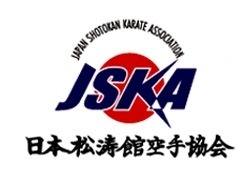
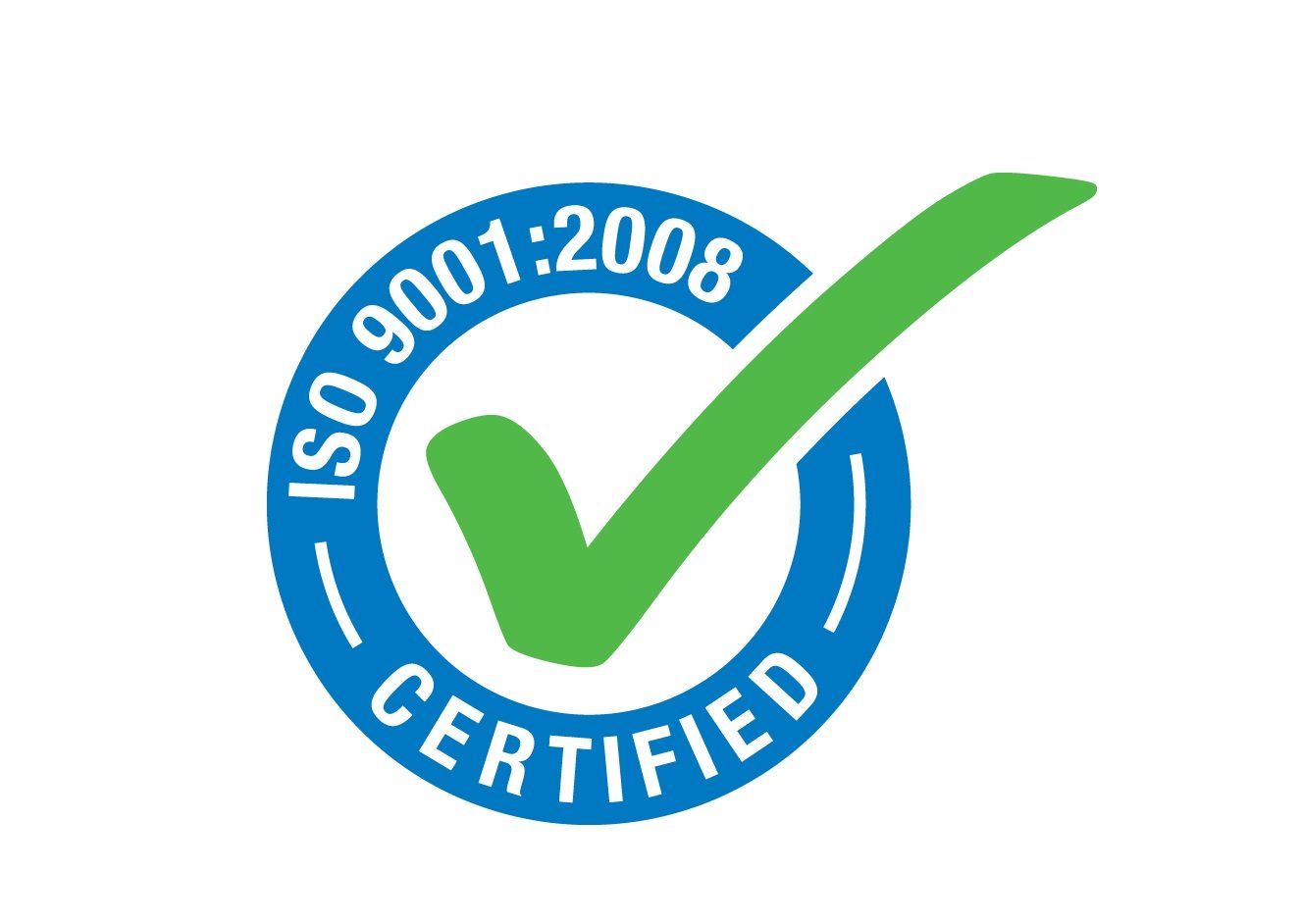
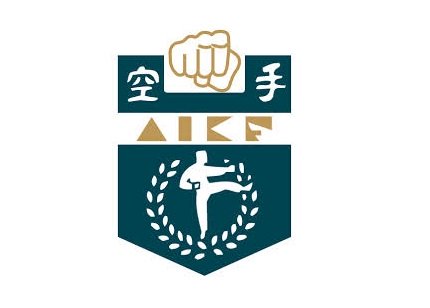
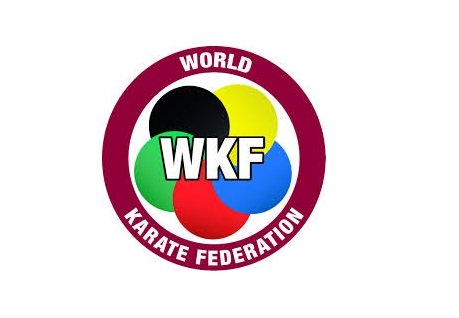
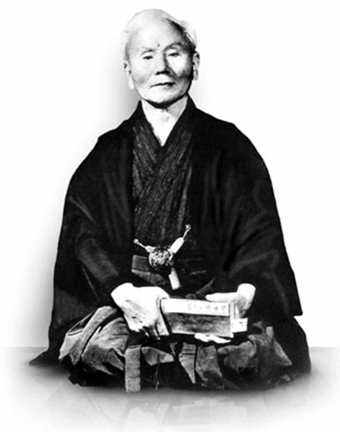
Sensei Gigin Funakoshi

Sensei Abe Keigo

Sensei Gopalakrishnan